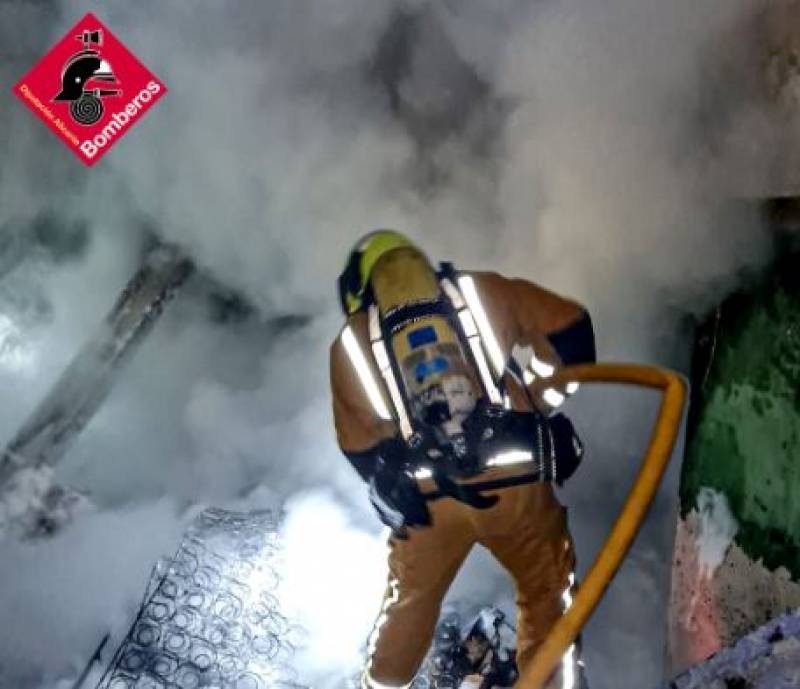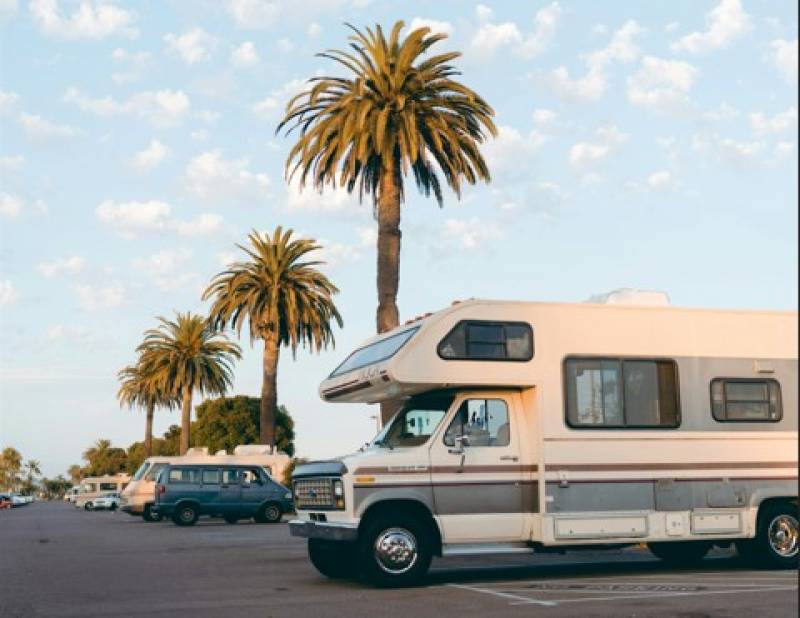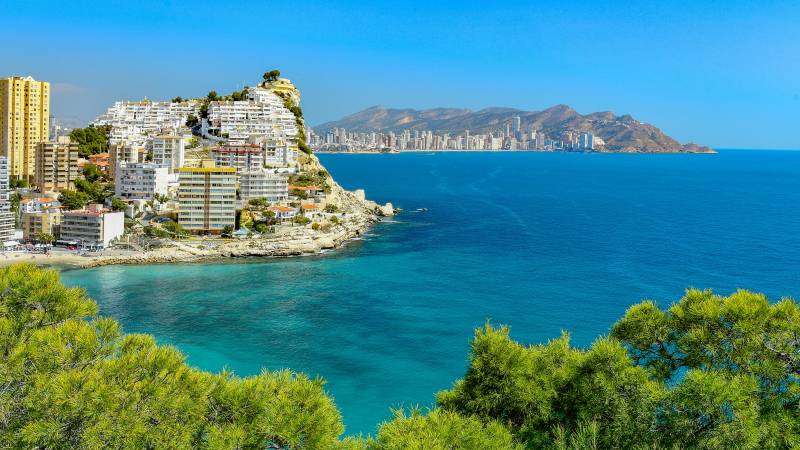- Region
- Águilas
- Alhama de Murcia
- Jumilla
- Lorca
- Los Alcázares
- Mazarrón
- San Javier
-
ALL AREAS & TOWNS
- AREAS
- SOUTH WEST
- MAR MENOR
- MURCIA CITY & CENTRAL
- NORTH & NORTH WEST
- TOWNS
- Abanilla
- Abarán
- Aguilas
- Alamillo
- Alcantarilla
- Aledo
- Alhama de Murcia
- Archena
- Balsicas
- Blanca
- Bolnuevo
- Bullas
- Cañadas del Romero
- Cabo de Palos
- Calasparra
- Camping Bolnuevo
- Campo De Ricote
- Camposol
- Canada De La Lena
- Caravaca de la Cruz
- Cartagena
- Cehegin
- Ceuti
- Cieza
- Condado de Alhama
- Corvera
- Costa Cálida
- Cuevas De Almanzora
- Cuevas de Reyllo
- El Carmoli
- El Mojon
- El Molino (Puerto Lumbreras)
- El Pareton / Cantareros
- El Raso
- El Valle Golf Resort
- Fortuna
- Fuente Alamo
- Hacienda del Alamo Golf Resort
- Hacienda Riquelme Golf Resort
- Isla Plana
- Islas Menores & Mar de Cristal
- Jumilla
- La Azohia
- La Charca
- La Manga Club
- La Manga del Mar Menor
- La Pinilla
- La Puebla
- La Torre
- La Torre Golf Resort
- La Unión
- Las Palas
- Las Ramblas
- Las Ramblas Golf
- Las Torres de Cotillas
- Leiva
- Librilla
- Lo Pagan
- Lo Santiago
- Lorca
- Lorquí
- Los Alcázares
- Los Balcones
- Los Belones
- Los Canovas
- Los Nietos
- Los Perez (Tallante)
- Los Urrutias
- Los Ventorrillos
- Mar De Cristal
- Mar Menor
- Mar Menor Golf Resort
- Mazarrón
- Mazarrón Country Club
- Molina de Segura
- Moratalla
- Mula
- Murcia City
- Murcia Property
- Pareton
- Peraleja Golf Resort
- Perin
- Pilar de la Horadada
- Pinar de Campoverde
- Pinoso
- Playa Honda
- Playa Honda / Playa Paraíso
- Pliego
- Portmán
- Pozo Estrecho
- Puerto de Mazarrón
- Puerto Lumbreras
- Puntas De Calnegre
- Region of Murcia
- Ricote
- Roda Golf Resort
- Roldan
- Roldan and Lo Ferro
- San Javier
- San Pedro del Pinatar
- Santiago de la Ribera
- Sierra Espuña
- Sucina
- Tallante
- Terrazas de la Torre Golf Resort
- Torre Pacheco
- Totana
- What's On Weekly Bulletin
- Yecla


- EDITIONS:
 Spanish News Today
Spanish News Today
 Alicante Today
Alicante Today
 Andalucia Today
Andalucia Today
The MAG archaeological museum in Guardamar del Segura
6,000 years of history at the mouth of the River Segura in Guardamar
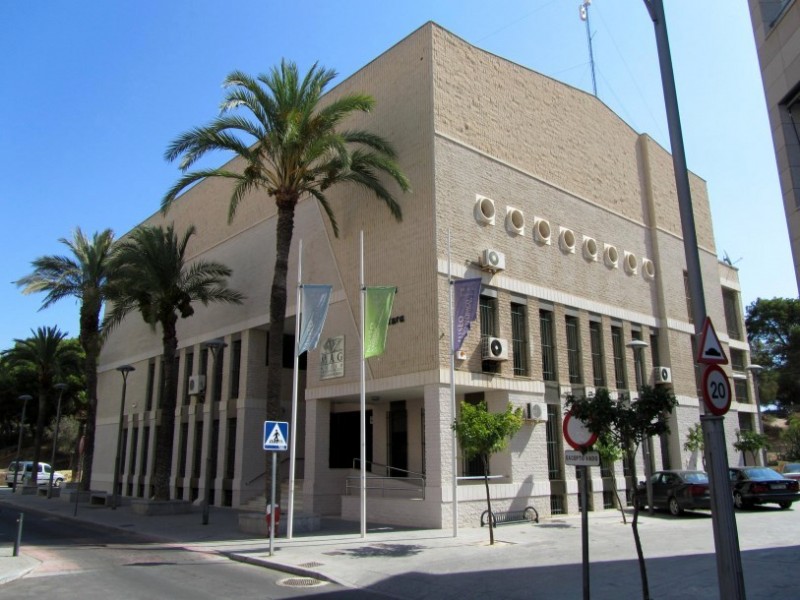
It often seems in Spain that almost every little town and village has so much history that they hardly know what to do with it all, and Guardamar is certainly no exception: its location at the mouth of the River Segura has attracted settlers for at least the last 6,000 years, and a wealth of archaeological discoveries reflects the different cultures and civilizations which were dominant in the area in the past.
Many of the items found are on display in the Museo Arqueológico de Guardamar (MAG), which is housed 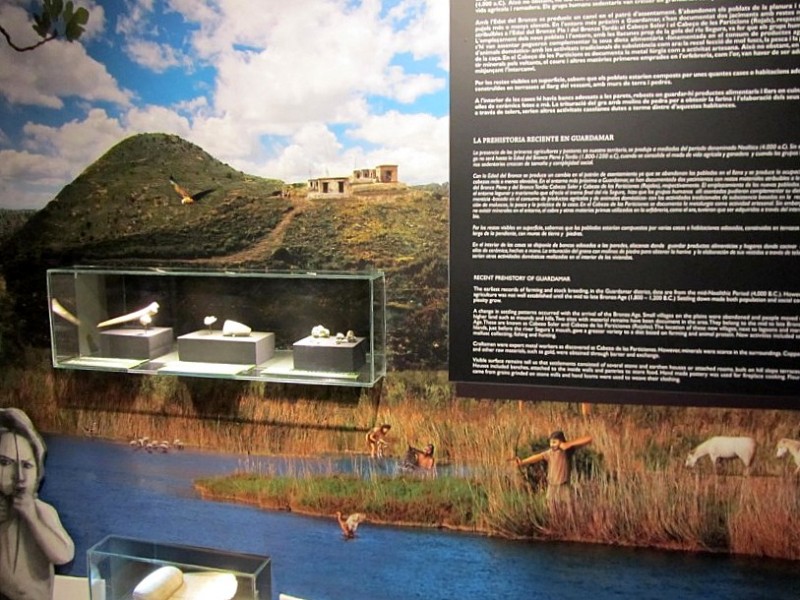 within the Casa de Cultura. The permanent exhibition is relatively small – certainly no more than an hour will be needed by most visitors - but very interesting, with a series of rooms taking the visitor from prehistoric times up to the modern era by means of well-presented exhibits with informative texts (in English, for those who speak neither Spanish nor Valenciano!)
within the Casa de Cultura. The permanent exhibition is relatively small – certainly no more than an hour will be needed by most visitors - but very interesting, with a series of rooms taking the visitor from prehistoric times up to the modern era by means of well-presented exhibits with informative texts (in English, for those who speak neither Spanish nor Valenciano!)
The first known human settlements in the area, on the hills of Cabezo Lucero, Cabezo del Estaño and Cabezo de las Particiones, date from approximately 4000 BC, when stock-farming was the main activity, and agriculture was not firmly established until around 2,000 years later. Over the subsequent centuries the land around the mouth of the Segura was successively inhabited and colonized by the Iberians, the Phoenicians, the Romans and the Moors before the Christians triumphed in the Reconquista, and although the municipality of Guardamar covers an area of only 35 square kilometres items belonging to all of these civilizations have been found here and are on display in the MAG.
Arguably the most spectacular and important finding is the Dama de Guardamar (The Lady of Guardamar), a 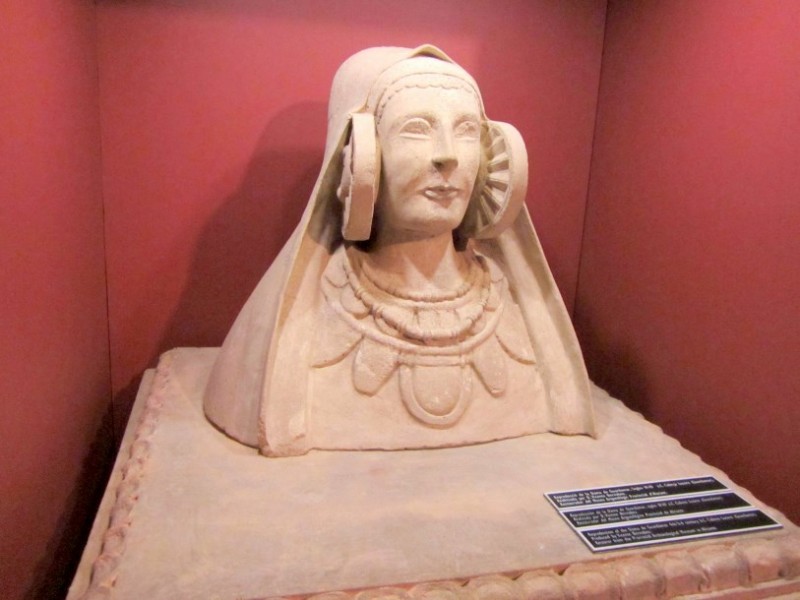 50-centimetre bust of which parts were discovered in September 1987. This is similar in style and age to the better known Dama de Elche, and dates from the Iberian period in around 400 BC. The MAG displays only a replica of the statue: the original is on display in the MARQ museum in the provincial capital of Alicante.
50-centimetre bust of which parts were discovered in September 1987. This is similar in style and age to the better known Dama de Elche, and dates from the Iberian period in around 400 BC. The MAG displays only a replica of the statue: the original is on display in the MARQ museum in the provincial capital of Alicante.
There are prehistoric grave goods, Roman amphorae, Phoenician artifacts, medieval ceramics, Moorish oil lamps and exhibits relating to the reconstruction of Guardamar after the 1829 Torrevieja earthquake and the twentieth century reforestation of the sand dunes. All in all, the whole collection makes for a very enjoyable and informative visit.
Guardamar is only a small town but there are fascinating aspects to its history: visits to this museum and the 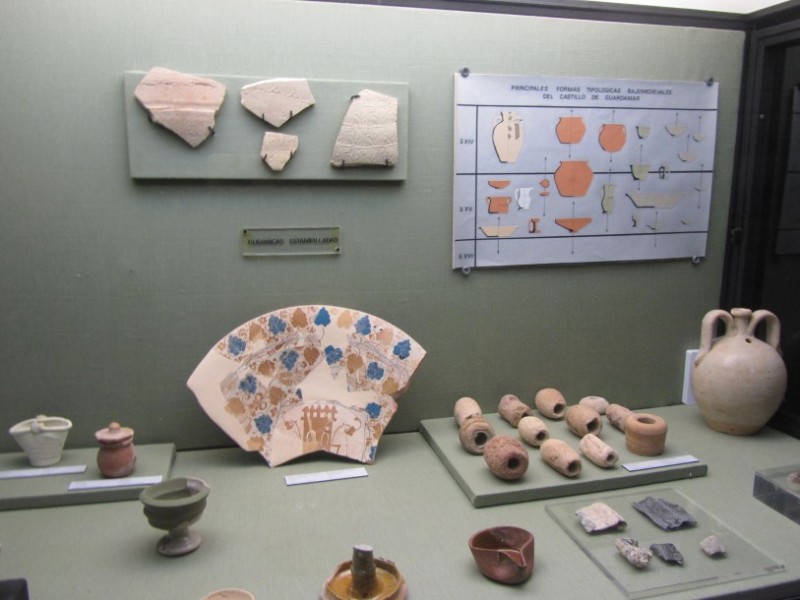 Casa Museo Ingeniero Mira are thoroughly recommended, and at a price of just 1€ for the two museums the entry fee represents excellent value for money.
Casa Museo Ingeniero Mira are thoroughly recommended, and at a price of just 1€ for the two museums the entry fee represents excellent value for money.
The museum also has a temporary exhibition room and a small shop selling souvenirs.
Guided tours can be booked with prior notice for groups of ten or more at a cost of 3€ per head.
Address: Calle Colón, 60, 03140 Guardamar del Segura
Telephone: 965 728610
Email: magmuseo@gmail.com
Opening hours:
• Winter (16th September to 30th June) Tuesday to Saturday 10.30 to 14.30 and 17.30 to 20.30
• Summer (1st July to 15th September) Tuesday to Saturday 11.00 to 14.30 and 18.00 to 21.30
For more local news, events and other information consult the Guardamar del Segura section of Alicante Today.








